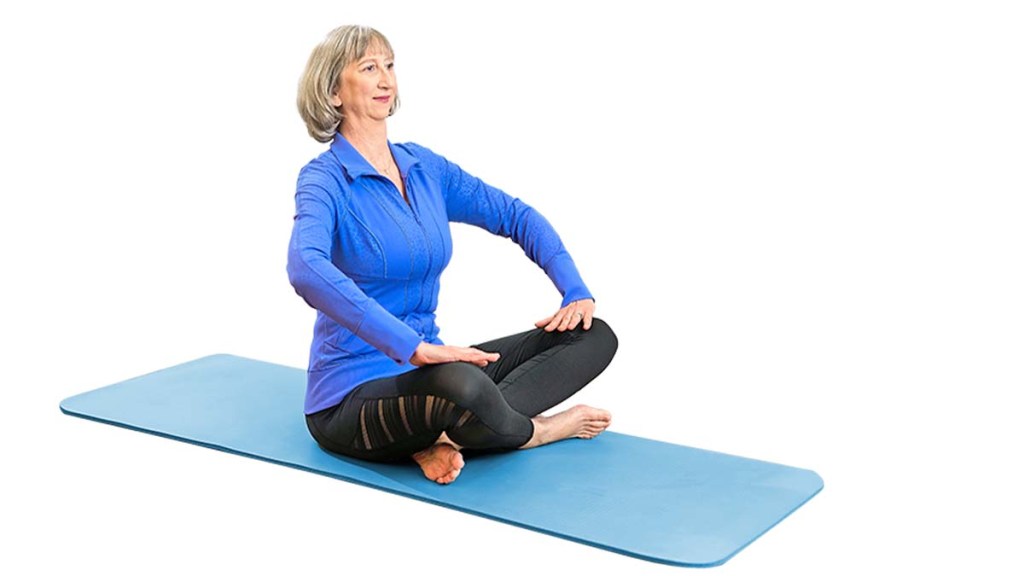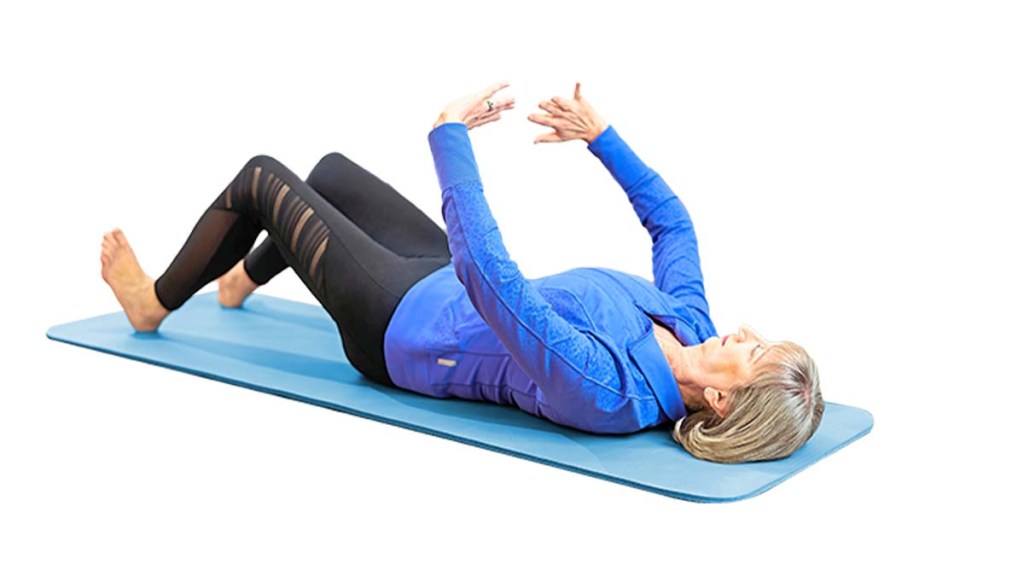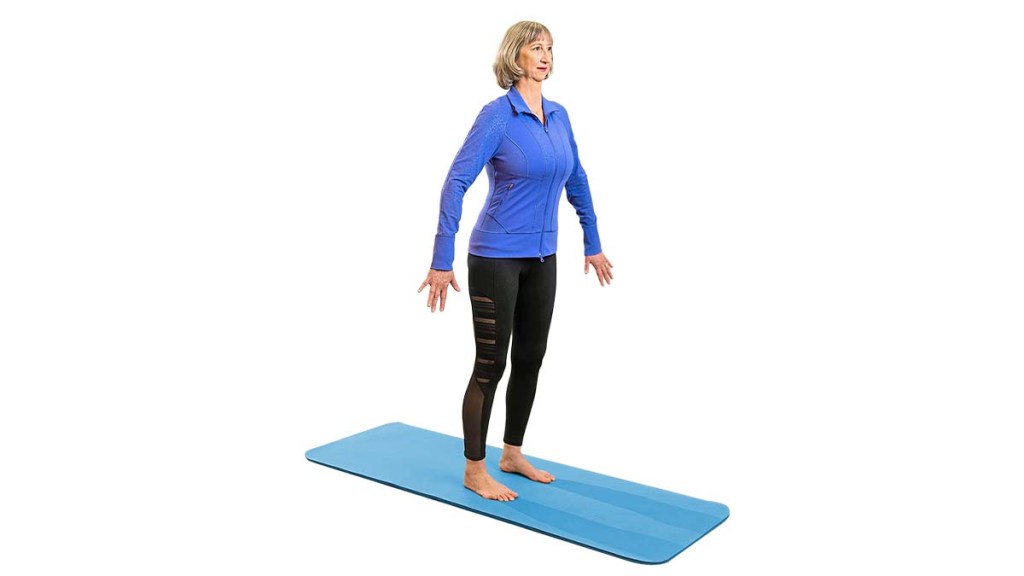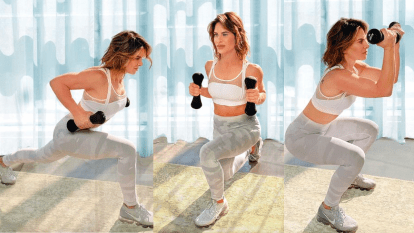3 Exercise Poses To Help Correct This Pelvic Disorder That Affects up to 50% Of Women

Pelvic prolapse affects up to 50 percent of women. While surgery is often advised, hypopressive exercises can correct the problem, asserts Trista Zinn, a pelvic health specialist and master trainer in the technique. The poses, combined with a key breathing pattern, lift and strengthen the pelvic floor to keep internal organs where they belong. In fact, one study found DIY hypopressives to be as effective as one-on-one training at reducing symptoms of pelvic floor dysfunction.
To get the benefits, try the poses below that helped Teisa Earhart. Once you’ve settled into a pose, do this breathing pattern: Take three slow, deep breaths; on the third exhale, let all of the air out; close your mouth and mimic taking a breath without letting air in by expanding your rib cage; hold as long as you can, then inhale when you need to. (For more how-to’s, visit CoreSetFitness.com, or find an instructor at HypopressivesCanada.com).
Hestia pose: Sit with your legs crossed and lift your chest, keeping your spine long and tall. Place the heels of your hands on your knees, turning your elbows out. Then press your hands into your knees and complete three breath cycles.

Demeter pose: Lie on your back with your pelvis in a neutral position, knees bent and heels on the floor with your feet upright. Bring your arms to shoulder height and round them as if you were hugging a pillar, turning your palms out. Do three breath cycles.

Venus pose: Stand with your feet shoulderwidth apart, knees soft and arms spread away from your body like wings. Shift your weight slightly onto the balls of your feet and think about stretching your head to the ceiling and your fingers to the floor. Complete three breath cycles.

A version of this article originally appeared in our print magazine, First for Women.













